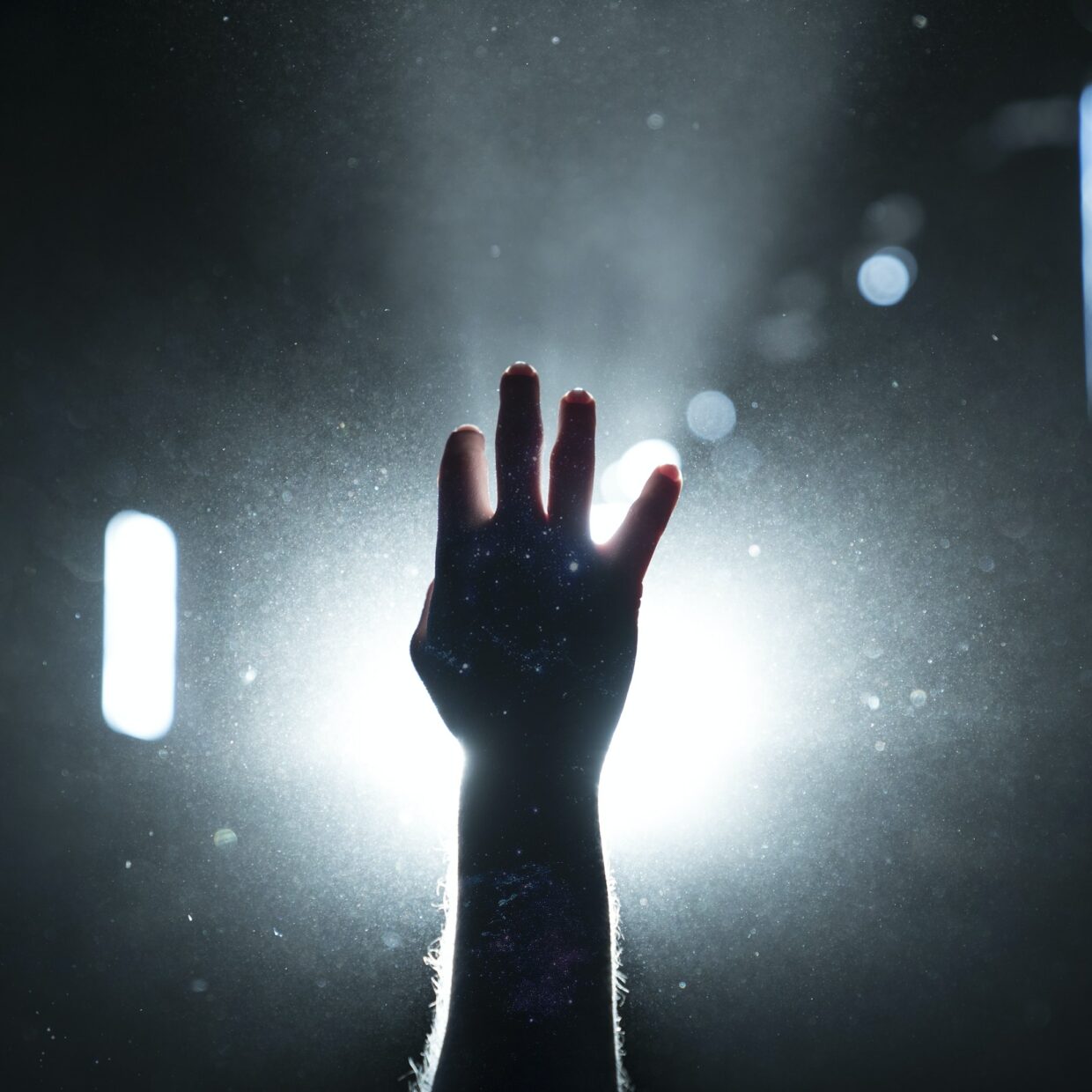The Bystander Theory suggests that people are less likely to intervene in an emergency situation, an attack (xenophobia, bullying etc.), or a crime if there is a group of people present. The theory suggests that, as the number of people present increases, the likelihood that an individual will actively help decreases. Conversely, an individual is more likely to intervene in such a situation if there is only a few people present or if they are alone.
The Bystander Effect was first researched in 1964 by social psychologists Bibb Latané and John Darley after the murder of Kitty Genovese in New York; the 28-year-old was succumbed to her injuries outside her apartment while a large group of her neighbors looked on, refusing to intervene. The psychologists concluded that the phenomenon was caused by two factors: diffusion of responsibility & social influence. The former explains the relationship between the number of people present and the perceived responsibility of the bystanders, whereas the latter explains how people take information from social cues to determine how to act.
The video above is an example of the Bystander Effect in action. All of the victims in the video are paid actors who are simulating an emergency on the streets of a large city. As you can see, for several minutes, each of the subjects is ignored by a large number of people before being attended to. In most emergency cases, the subject would need attention as soon as possible; the large lengths of time exhibited here could prove to be fatal. The video shows that, when the subject is dressed in nice clothes, there is more likelyhood that someone will intervene. This leads to the conclusion that a factor in the Bystander Effect is the belief that the victim is an individual experiencing homelessness or that the incident is the result of an overdose. Whatever the thought, there is no question that class is a major factor in the Bystander Effect. In addition to this, people may feel that they are too weak to help, that they are misunderstanding the situation, or that lending a hand will put their own life or safety in danger.
Featured Image: Kyle Johnson At: Unsplash
